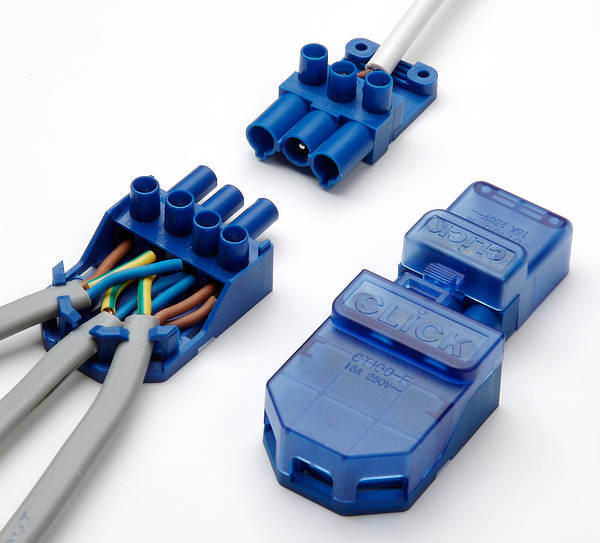Am i right that you can no longer wrap a choc box terminal in insulation tape.
I have a light fitting which has become disconnected. It is in a loft void less than 6" deep so not accessable at all from anywhere but the ceiling hole and i cant get any excess cable down to rewire the connections. The cable must either have been cut to exact lenght or clipped in place before the ceiling went up. The light is being used as a loop through connection so i have about 3 sets of t&e cables, all tight and the light fitting doesnt have enough space to house choc box's.
So i want to connect the cable into a choc push this up through the void and run some new cable from the choc to the light fitting. The hole in the ceiling isnt big enough to take one of the choc enclosure boxes, so can i wrap it in insulation tape and push it up through the hole like that.
If this isnt allowed any other suggestions.
Thanks
I have a light fitting which has become disconnected. It is in a loft void less than 6" deep so not accessable at all from anywhere but the ceiling hole and i cant get any excess cable down to rewire the connections. The cable must either have been cut to exact lenght or clipped in place before the ceiling went up. The light is being used as a loop through connection so i have about 3 sets of t&e cables, all tight and the light fitting doesnt have enough space to house choc box's.
So i want to connect the cable into a choc push this up through the void and run some new cable from the choc to the light fitting. The hole in the ceiling isnt big enough to take one of the choc enclosure boxes, so can i wrap it in insulation tape and push it up through the hole like that.
If this isnt allowed any other suggestions.
Thanks


